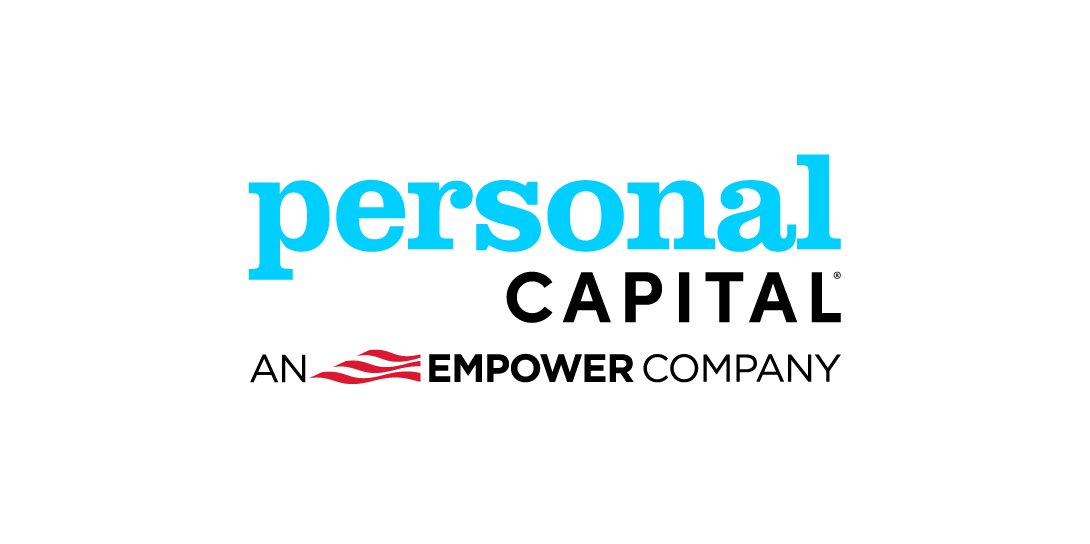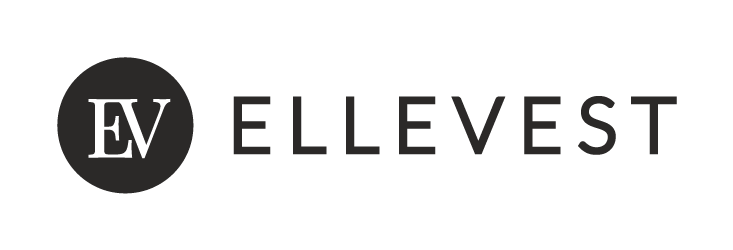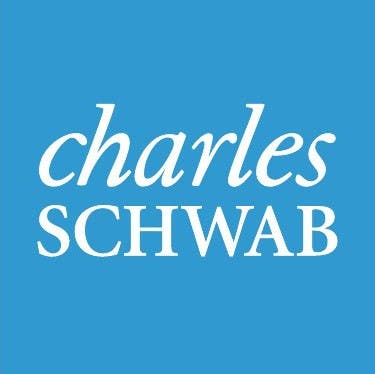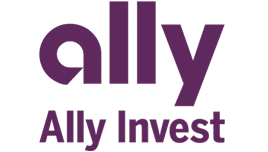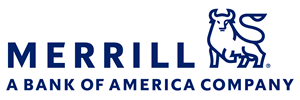Wells Fargo Intuitive Investor review 2024
The Bankrate promise
At Bankrate we strive to help you make smarter financial decisions. While we adhere to strict , this post may contain references to products from our partners. Here's an explanation for .
Wells Fargo Intuitive Investor: Best for
- Beginning investors
- Tax strategy
- Existing Wells Fargo customers
Wells Fargo Intuitive Investor is a solid robo-advisor offering that comes with an above-average cost, but gives clients some premium features not available at all robo-advisors. You’ll get the typical benefits of portfolio management, low-cost portfolios and automatic rebalancing. But you’ll also be able to participate in tax-loss harvesting and have access to human financial advisors for any questions you may have. These features are often only available at premium tiers of service from other robo-advisors, so it’s a real bonus for Wells Fargo customers.
Unfortunately, Wells Fargo Intuitive Investor does have an above-average cost of 0.35 percent a year, though discounts are available for certain banking customers. If you’re looking for the option of speaking with a financial advisor at a low cost, consider SoFi Automated Investing. Fidelity Go is another option if you want to avoid being hit with pesky account fees.
We want to know what you think about Wells Fargo Intuitive Investor
Do you have experience with Wells Fargo Intuitive Investor? Let us know your thoughts.
Wells Fargo Intuitive Investor: In the details
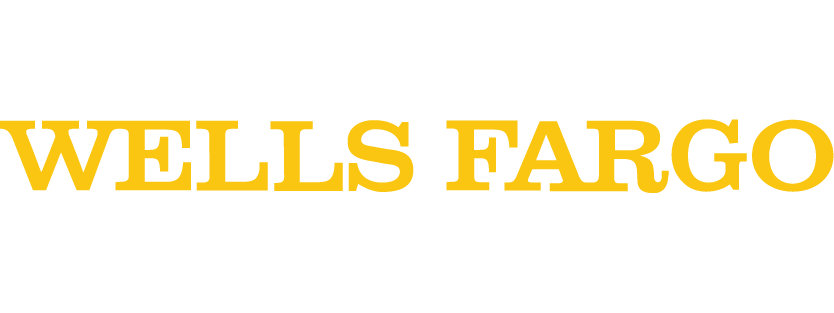

Pros: Where Wells Fargo Intuitive Investor stands out
Access to financial advisors
One of the key features of Wells Fargo Intuitive Investor is the ability to speak with a financial advisor. These professionals are available via phone Monday through Friday from 8 a.m.-8 p.m. ET. Financial advisors can be useful to all kinds of investors, but are especially helpful with new investors who aren’t as experienced with markets or financial terms. They can also help answer more complicated financial questions that might not be addressed on the platform’s website. This service is included in the 0.35 percent management fee you’ll pay annually.
Some other robo-advisors also offer access to financial advisors, but it often comes at a higher tier of service that requires a larger investment base from the client. Schwab Intelligent Portfolios offers access to human advisors for its premium tier, which carries a minimum investment of $25,000 and has an effective fee of more than 1.4 percent at that amount. The fee declines as a percentage at higher asset levels.
Low fund fees within portfolios
Another area where Wells Fargo Intuitive Investor stands out is its fees for ETFs that are included in its portfolio offerings. The portfolios’ ETF fees range from 0.07 percent to 0.14 percent, which is relatively low compared with funds that take a more active approach and have fees approaching 1 percent. The fees charged by the ETFs are on top of the management fee you’re already paying to Wells Fargo, so it’s important to keep them as low as possible.
Wells Fargo’s fund fees are in line with robo-advisor leaders such as Wealthfront and Betterment. Investors who are looking for even lower fees might also consider Vanguard Digital Advisor.
Tax-loss harvesting
If you choose, Wells Fargo will also look for tax-loss harvesting opportunities in individual and joint accounts. This feature allows Wells Fargo to use an automated process to sell investments that have declined in order to maximize your tax savings. The IRS allows investors to claim up to a $3,000 net loss on their taxes each year, which would allow an investor in the 24 percent marginal tax bracket to save $720. Keep in mind that losses can also be used to offset gains and lower the capital gains taxes you owe.
Tax-loss harvesting isn’t offered by all robo-advisors and the ones that do offer it may require a certain level of assets before the service kicks in. Wealthfront won’t start stock-level tax-loss harvesting until your assets reach at least $100,000, while Schwab Intelligent Portfolios begins harvesting at $50,000 in assets.
Portfolio management
After answering a series of questions about financial goals and levels of risk tolerance, investors will be placed into one of nine portfolios that range from conservative positioning to a more aggressive approach. Conservative portfolios tend to emphasize current income and have higher bond allocations, while more aggressive portfolios hold more stocks and focus on capital appreciation at the expense of current income, which usually means the funds will have greater volatility.
The portfolio allocations will vary between equities, fixed income and cash based on your answers to the questionnaire. While the nine portfolios offer a number of different scenarios that are likely to work for the majority of people, more opportunities to customize portfolios would be an improvement and bring Wells Fargo Intuitive Investor more in line with leading robo-advisors.
Betterment and Wealthfront each offer ETFs from at least 10 different asset classes, allowing for more diverse portfolios than what is currently offered by Wells Fargo. Still, Wells Fargo’s nine portfolios are a solid offering.
Wells Fargo also offers additional features such as daily automatic rebalancing in your portfolio, which allows your positions to be resized if their allocations have drifted from the recommendation. Though rebalancing is common among robo-advisors, it’s nice to have it monitored automatically so you won’t have to track it yourself.
Customer service
In addition to being able to speak with financial advisors 12 hours a day, five days a week, Wells Fargo Intuitive Investor clients will also be able to get questions asked via a phone line that’s available Monday through Friday from 8 a.m.-midnight ET. Between the financial advisor line and the large number of hours of availability through the general customer service phone number, customers shouldn’t have any issues getting their questions answered or having problems addressed.
You’ll also get access to Wells Fargo’s vast branch network, where you can make deposits into your account. The mobile app is also useful for depositing checks or initiating withdrawals.
Cons: Where Wells Fargo Intuitive Investor could improve
Management fee
With an annual management fee of 0.35 percent, Wells Fargo Intuitive Investor comes in above what might be considered the typical fee amount for robo-advisors of 0.25 percent. This means that you’ll pay $35 for every $10,000 you have invested with Wells Fargo. They do offer a slight discount to 0.30 percent if you link your account with a Wells Fargo Checking account or to 0.25 percent if you link it to a Premiere Checking account, but make sure you link the accounts in the first 90 days of opening your Intuitive Investor account or the discount won’t apply.
Keep in mind that the fees you pay on the ETFs in your portfolio are in addition to the management fee, so your total fee could come to 0.50 percent if you are in one of the more expensive portfolios. While these fees are below what you’d pay for a traditional financial advisor, they’re above average for robo-advisors.
Wells Fargo does offer a satisfaction guarantee, which allows you to close your account within the first 90 days and receive a full refund of any fees paid.
Despite the above-average fee, Wells Fargo does stand out when compared to other bank-sponsored robo-advisors such as Merrill Guided Investing, which doesn’t offer tax-loss harvesting services and has limited portfolio options compared to Wells. Merrill will charge you 0.85 percent to have the ability to speak with a financial advisor, 0.50 percent higher than Wells.
Tools
Like other bank-sponsored robo-advisors, Wells Fargo Intuitive Investor doesn’t offer much in the way of tools or goal planning. There are educational articles available on the Wells Fargo Advisors website that cover a number of different life events such as marriage and estate planning, but other robo-advisors can provide better tools in this area.
Schwab Intelligent Portfolios offers its Play Zone tool, which allows users to play around with a number of different possibilities for the expected rate of return and savings estimates through scenario analysis.
Other account fees
You could also find yourself paying additional fees for taking certain actions. If you close an account, you’ll be charged an outgoing account transfer fee of $49.95, the same amount you would pay for terminating an IRA. An outgoing domestic wire transfer fee will run you $30, while an international one will cost $40. These fees might seem insignificant, but they can really eat into your overall returns, particularly if you have a relatively small account balance.
Review methodology
Thank you for sharing your experience with Bankrate










